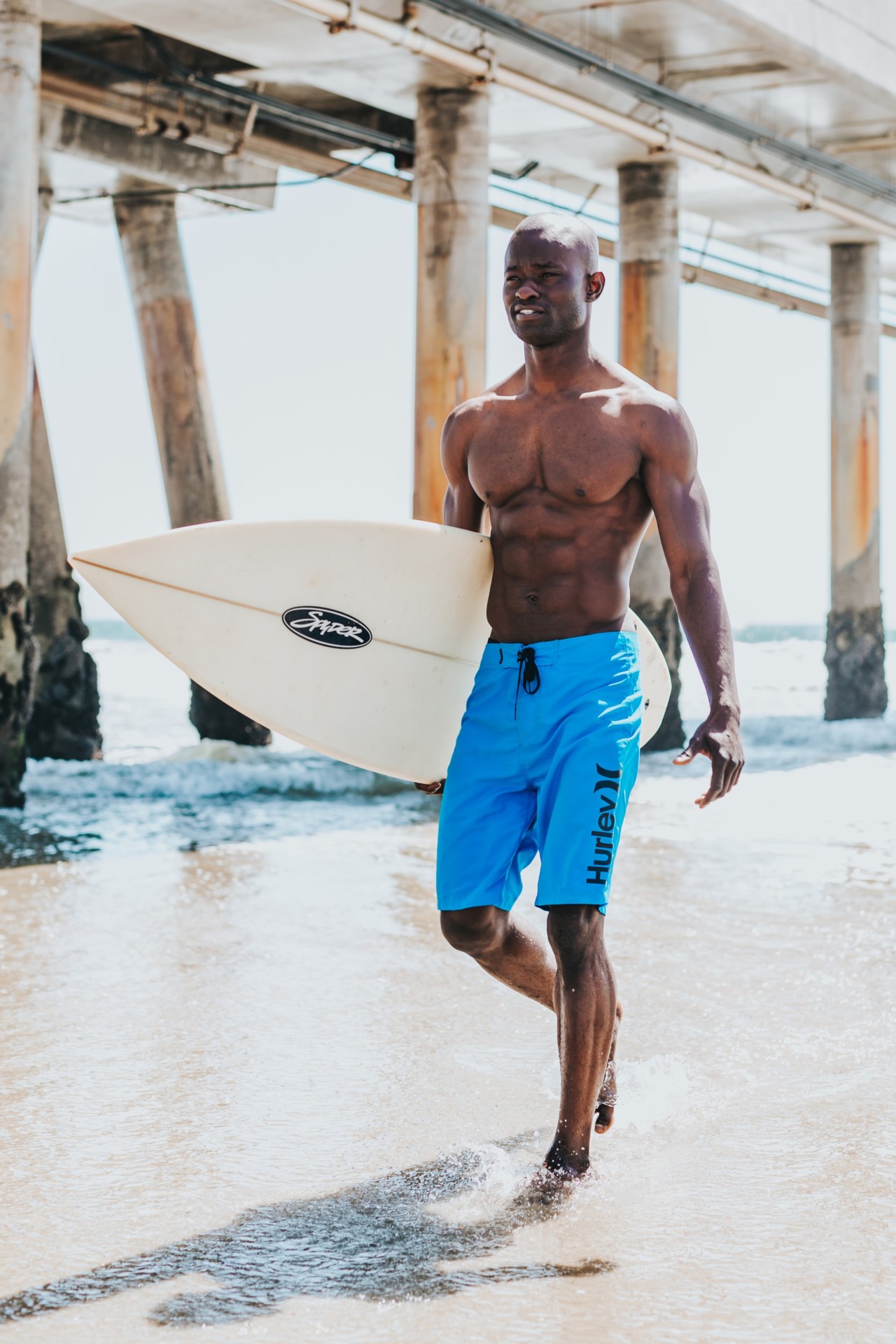If you have ever spent time in the ocean surfing then you will be well aware that surfing is an amazing workout.
As surfing provides a mixture of aerobic and anaerobic training, it may seem unnecessary to go to the gym.
It is common for most professional surfers to maintain a steady workout routine.
Whether this is in the gym or at home, training beyond what you do in the water will greatly increase your surfing capabilities.
Let us take a look at why you might want to make use of the gym to improve your surfing skills, and how maintaining a constant workout routine could make you a better surfer.
- Do Professional Surfers Go to the Gym?
- Should Amateur Surfers Go to the Gym?
- Isn’t Surfing Enough Workout Already?
- Will Going to the Gym Improve My Surfing?
- 6 Benefits of Going to the Gym as a Surfer
- Which Are the Most Important Exercises for Surfers?
- What Are the Best Exercises for Surfing I Can Do at Home?
- Are There Any Downsides to Going to the Gym as a Surfer?
- How Often Should I Go to the Gym?
- Can I Go to the Gym and Surf on the Same Day?
- Conclusion
- You Might Also Like…
Do Professional Surfers Go to the Gym?
Becoming the best at something requires hours of hard work and dedication. This remains true for surfing.
Yes, some people do seem to possess incredible natural talent, but this talent may be wasted if others are in better physical shape.
As a pro surfer, going up against the best in the world is no easy task, and therefore the better your health, strength, and fitness, the more of an edge you may have.
Not all pro surfers make use of a gym, but all pro surfers maintain some sort of workout routine outside of surfing.
Shane Dorian, a well-known pro big wave surfer has a passion for crossfit and believes his success in big wave surfing is closely attributed to his cross-fit routine.
Other pro surfers such as Kelly Slater stay away from indoor gyms. But Kelly enjoys yoga and other strength and endurance training to maintain and improve his fitness before a competition.
Another pro surfer worth mentioning is Sally Fitzgibbons. Sally is well known in the world of fitness and has appeared multiple times in magazines such as Women’s Health.
Sally prefers to train in the water, but when conditions are bad she moves to the land where she runs to improve her cardio, does yoga for fitness, and resistance training in the gym to improve her strength.
Not all pro surfers lift weights, but all pro surfers do train both in and out of the water.
Endurance and strength are cornerstones in being an efficient surfer.
Should Amateur Surfers Go to the Gym?
As an amateur surfer, you may not feel the same need as a pro to hit the gym.
Surfing is a well-rounded exercise, and simply surfing a few times a week will keep your fitness levels in top shape.
This means that it is not always necessary to go to the gym if you are surfing casually.
That being said, the more you train, the easier surfing will become.
Isn’t Surfing Enough Workout Already?
Even as an amateur surfer, as you begin to surf larger waves, your need for a high level of endurance will increase.
Hitting the gym will help you reach your goals faster, allow you to surf for longer, and give you the strength to paddle non-stop.
Surfing can be dangerous, especially if you find yourself exhausted at the back of the waves.
If you feel your fitness level is low, it may be a good idea to add a few hours a week of training out of the water until you reach a level that allows you to comfortably surf for a few hours at a time.
Will Going to the Gym Improve My Surfing?
The more endurance and physical strength you have the easier your surfing will become.
Going to the gym will undoubtedly improve your surfing, but only through proper training.
Reckless training in the gym can lead to injuries and keep you out of the water for months at a time.
Furthermore, overtraining in the gym will leave your body in a low energy state which will take away from your surfing abilities while you recover.
The type of training you choose to undertake will also have an impact on how it affects your surfing.
For example, training as a powerlifter, with heavy weights and short sets may make you stronger in the gym, but will not translate well to surfing.
This is because a large part of surfing is anaerobic.
Becoming big and bulky could also take away from your surfing as you may lose some of your flexibility and maneuverability.
On the flip side, cross-fit, resistance, and endurance training will help you reach your surfing goal faster.
6 Benefits of Going to the Gym as a Surfer
As mentioned above, training in the gym can do wonders for your surfing. Some of the benefits that you may find from training outside of the ocean include:
1. Improved Endurance
One of the hardest parts of pushing yourself in the water is the willpower to continue, even when things become tough.
Cambridge defines endurance as: “the ability to keep doing something difficult, unpleasant, or painful for a long time.”
The gym can help you push yourself to your limits in a safer environment than the ocean.
Surfing can be dangerous, especially when you find yourself too tired to paddle back to shore or make it past the oncoming waves.
Of course, you cannot practice surfing larger waves in the gym, but it does provide a chance for you to go beyond the physical limits you set yourself in the ocean.
2. Improved Strength
Surfing is diverse and requires a lot of strength. When we pop up on our boards, we engage the entire upper body, as well as most of our lower body.
The stronger you are, the faster you can pop up. The faster you can pop up, the more waves you will successfully catch.
Mild strength and resistance training in a gym or similar environment will help you work from a slow casual pop-up to an explosive movement from your belly to your feet.
3. Improved Cardio
The fastest way to improve your surfing is by extending the amount of time you spend in the ocean.
Using a gym to expand your cardio will give you an edge when you are in the water.
If you are out of breath before you make it to the backline then your surf is likely to be less fun.
As it is not always possible to hit the beach, training your heart and lungs in the gym or on the road is the next best thing.
4. Flexibility and Range of Motion
Training in the gym, especially when you incorporate full-motion resistance training and flexibility practices such as yoga will allow you to become more nimble while surfing.
Not only will this make moving around on your board easier, but it will greatly reduce your chances of injury while surfing.
It is always important to have a full range of motion in your body, and the correct training in the gym will help.
5. Diversification of Exercise
Our bodies adapt quickly to new and strenuous tasks.
It is because of this that after a few weeks of surfing it seems as though it requires little energy, but as soon as we go for a run or try to lift some weights, it seems near impossible.
Having the opportunity to train in the gym will diversify the exercises, movements, and stress that you put on your body.
Doing this will keep your body working, and therefore help you improve faster.
This is the same reason that weightlifters constantly change their workout routines.
6. Constant Training
If you have ever taken a few days off from surfing because there are no waves, you will know the feeling of getting back into it.
The first surf session after a break is often difficult as we have not been training for a time.
To remain fit and strong for your next surf session, the gym could be your best friend.
It would be nice to surf every day, but the reality is that most of us cannot.
Hitting the gym on days where there is no surf or you cannot make it to the ocean will not only keep you in shape, but it will leave you stronger and fitter for the next time you hit the waves.
Which Are the Most Important Exercises for Surfers?
As surfing is a full-body workout, it is important to train your entire body in equal proportions.
The best way to make sure you do this is by focusing on compound exercises.
Compound exercises typically refer to an exercise or movement that incorporates a large number of muscle groups.
For example, a barbell squat will work both your thighs and hamstrings, as well as your core and back.
Performing exercises such as this will give you the best all-around results in less time.
If we take a look at what muscles are used while surfing, it will give you an idea of which muscle groups to exercise, and therefore what exercises to use.
- Paddling: Shoulders, Back, Triceps, biceps, and core.
- Popping up: Calves, hamstrings, quads, core, chest, and shoulders.
- Riding the wave: Everything (with less intensity).
- Sitting on your board: Core, quads.
As you can see, at some stage, every part of your body will be used while surfing.
This is why it is important to include exercises that include both push and pull movements, as well as flexibility exercises.
What Are the Best Exercises for Surfing I Can Do at Home?
Training for surfing out of the water is important, but not having access to a gym is not a problem.
It is possible to work out everything you need for surfing at home or on the street.
The following exercises can all be done without a gym and should be included in your surf training.
| Exercise | What It Exercises | How To Perform |
|---|---|---|
| Explosive squats | Calves, Hamstrings, Quads, Core, Cardio. | How to do explosive squats |
| Push ups | Chest, Shoulders, Triceps, Core. | How to do a push up |
| Pull Ups | Back, Biceps, Core. | How to do a pull up |
| Burpees | Calves, Hamstrings, Quads, Cardio, Chest, Shoulders, Triceps, Core. | How to do a burpee |
| Yoga | Full body, Endurance, Flexibility. | Yoga for surfing |
| Running | Calves, Hamstrings, Quads, Cardio, Endurance | The best running form |
The above exercises are all considered compound exercises.
Although they each work specific muscles more than others, each will provide training for multiple areas of your body.
If you do not have a gym, simply include all of the above into your out of water training and you will begin to see a noticeable improvement with your surfing.
Are There Any Downsides to Going to the Gym as a Surfer?
Training in the gym will do wonders for your surfing, but only if you follow a good routine and complete each exercise with proper form.
Going to the gym could negatively affect your surfing in the following ways:
Injury
The heavier the weight that you lift, the higher your risk of getting injured.
This is why it is important to maintain a correct and controlled form through each repetition.
If you injure yourself in the gym, whether it is pulling a muscle, or developing tennis elbow, your surfing will come to a stop for weeks while you wait for your body to recover.
Over-Training
Overtraining is a big problem that many newcomers to the gym face.
If you overtrain, your body will not have the time or energy to recover, and this will leave you feeling weak and unenergized. In addition, in increases your risk of injury dramatically.
Overtraining in the gym will directly affect your surfing as you will not have the same strength or endurance that you are used to.
It is important to take days off from training, or at the least, reduce the intensity of your sessions so that you do not cause more damage than good.
Decreased Flexibility
Training in the gym, particularly training that involves a high amount of stress on our muscles, leads to tightness in our muscle fibers and tendons.
If you train but do not stretch, over time you will lose your flexibility.
As we become less flexible, we lose our mobility. This will become a huge problem while surfing as it is such a dynamic sport.
It is important to stretch both before and after exercising to prevent injury and encourage flexibility and recovery.
How Often Should I Go to the Gym?
How often you go to the gym will depend on what your goals are.
If you are going to the gym to put on muscle, and see surfing as a part-time hobby, then lifting weights 4 to 5 times a week with one or two days of surfing in between could be a good balance.
On the other hand, if the reason you are going to the gym is to train specifically to improve your surfing, twice a week could be enough, providing you are surfing for the remainder of the days.
Never overdo it, and always remember to rest at least 1 to 2 days in the week.
These do not need to be days where you do nothing, but they should at least be low-intensity workouts such as a light run or some casual yoga.
Can I Go to the Gym and Surf on the Same Day?
If you plan to go to the gym and surf on the same day, you should find no problem.
However, it is important to keep in mind how much your body can take.
If you plan on surfing after going to the gym before surfing, it might be in your best interest to lower the intensity of your workout.
If you train too hard in the gym, you will not have sufficient energy to surf. This will be annoying at best and possibly dangerous if you become too tired.
The most important thing is to know your limits. Do not push yourself further than you can go or you will face the negative consequences.
Conclusion
All pro surfers have some sort of workout routine outside of surfing.
Some prefer the gym, while others prefer to train outdoors.
Going to the gym will have positive effects on your surfing as it will allow you to increase your strength, flexibility, and endurance, even on days where there are no waves to surf.
You Might Also Like…
-

Do Surfers Ride Switchfoot? 5 Benefits (& Why You Should Learn It)
-

Do Surfers Shave Their Legs? 5 Common Reasons (+Pros & Cons)
-

Do Surfers Wear Helmets? 8 Situations You Should Wear One (+4 Cons)
-

Do Surfers Poop in the Ocean? Myths & Facts (+5 Tips)
-

Do Surfers Run Into Each Other? 5 Common Reasons (+8 Tips)
-
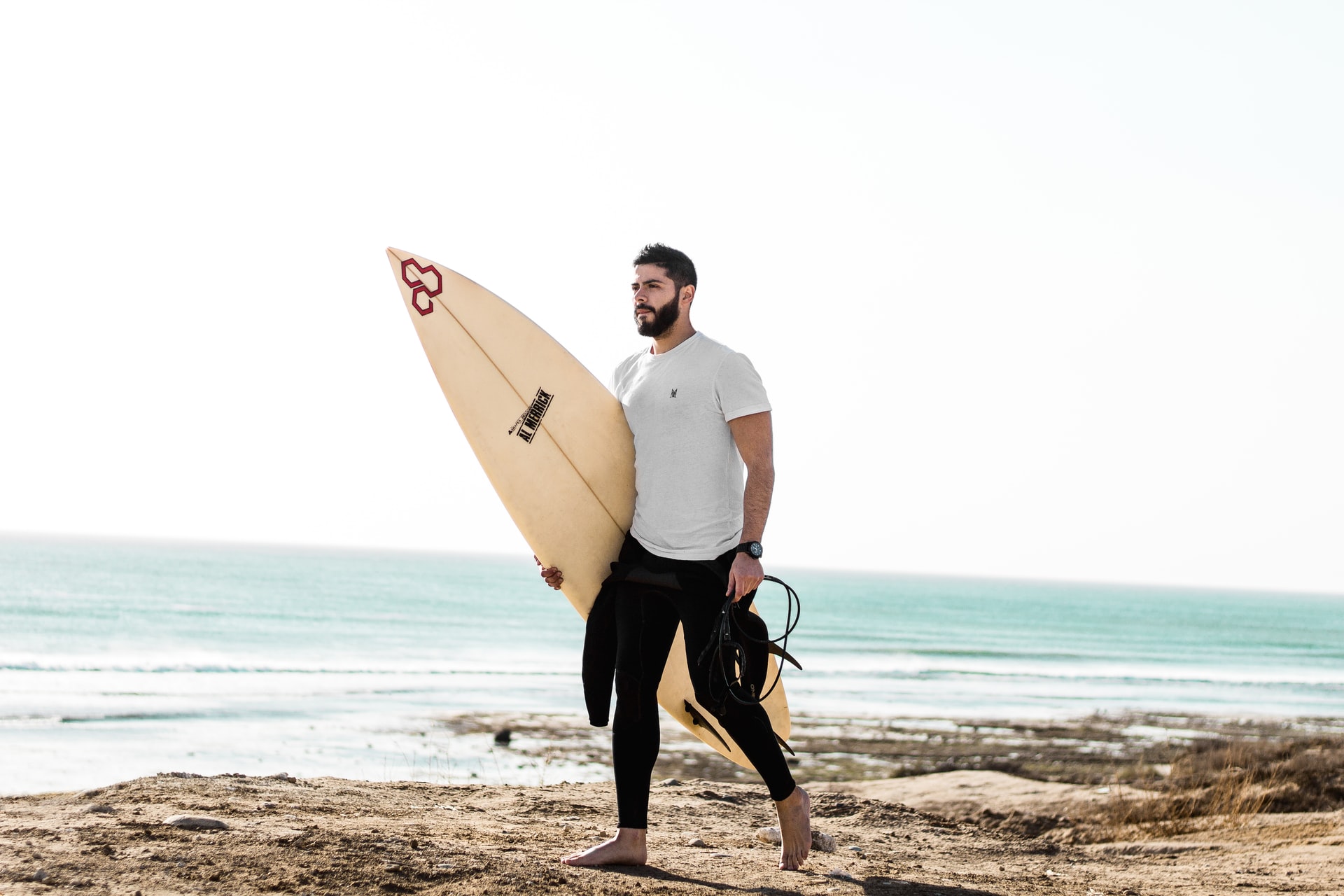
Do Surfers Have Beards? Pros & Cons You Should Know (+4 Tips)
-
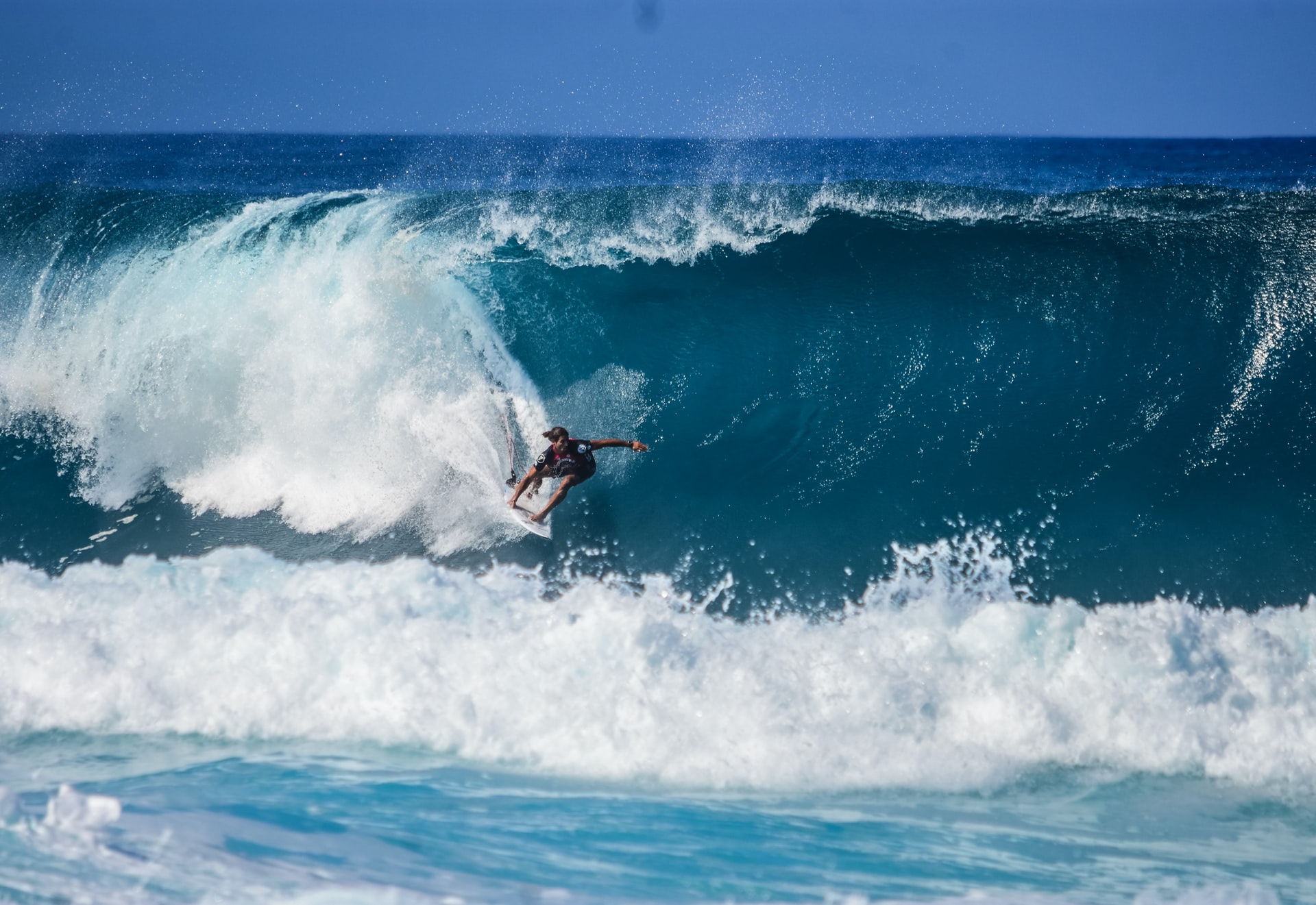
Do Surfers Like Constructive or Destructive Waves? (+Pros & Cons)
-

How to Surf Safely: 34 Crucial Tips (Every Surfer Should Know)
-
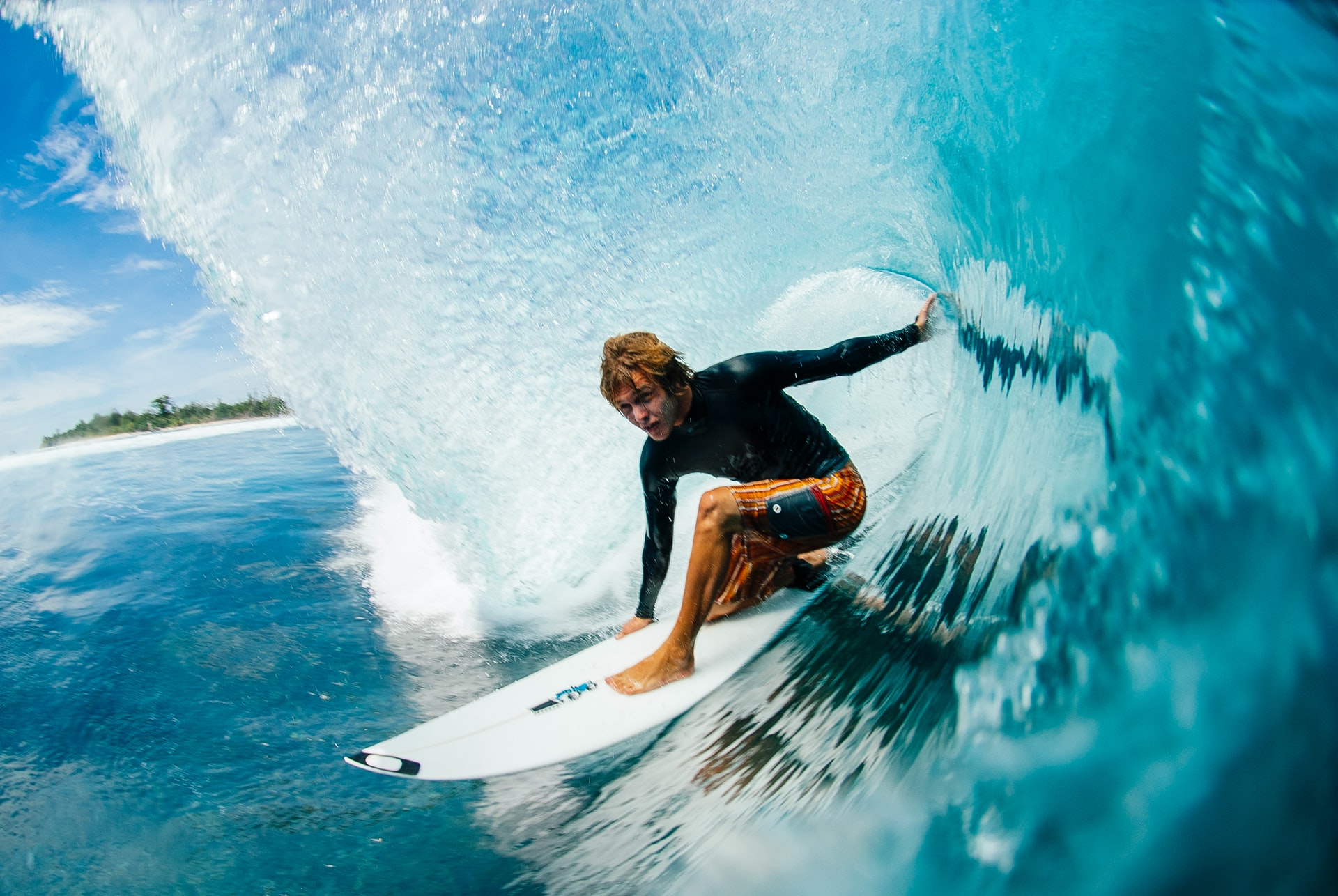
Do Pro Surfers Use Leashes? (+6 Reasons Why You Should Too)
-
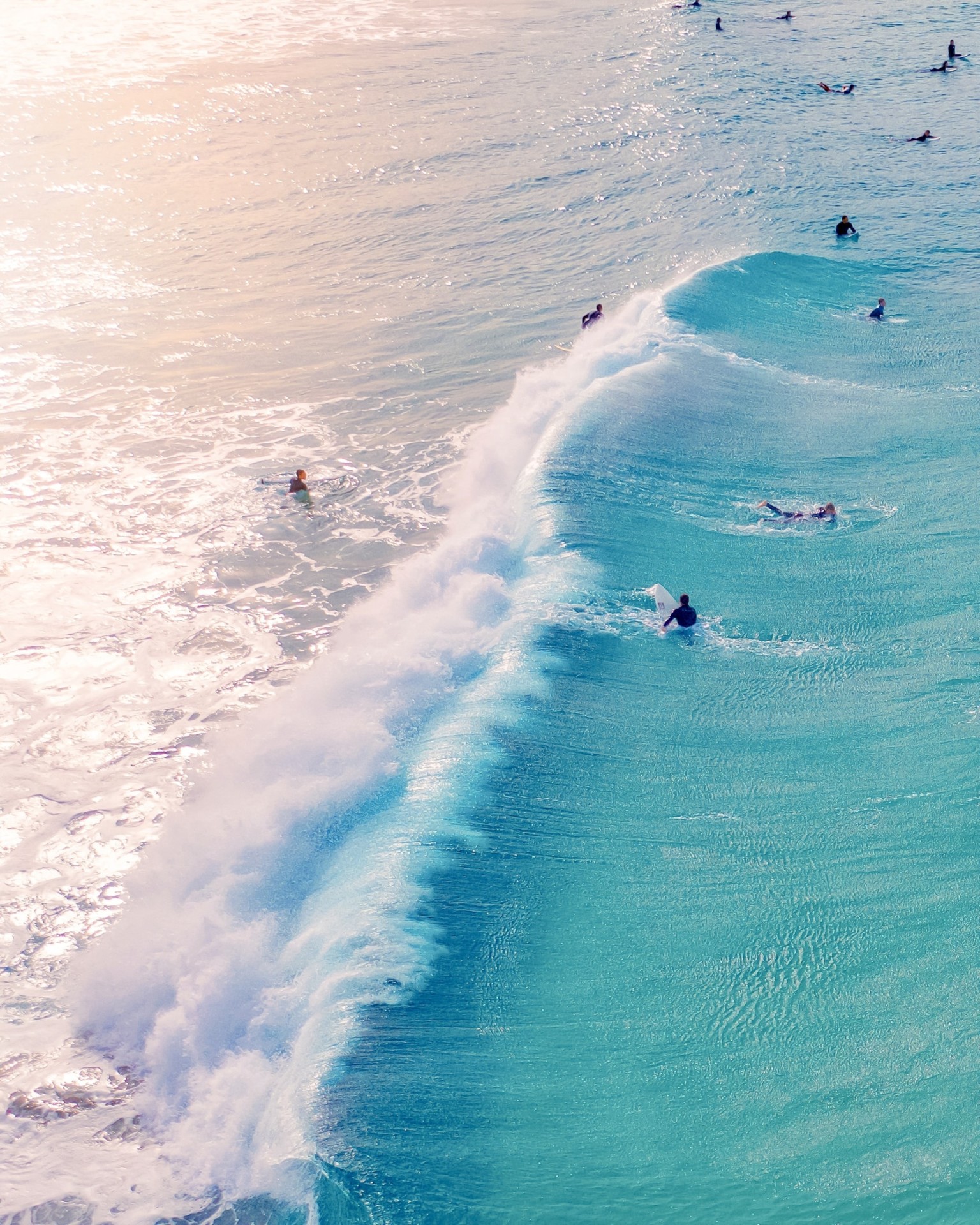
Do Many Surfers Drown? Here Are the Facts (+4 Common Reasons)
-
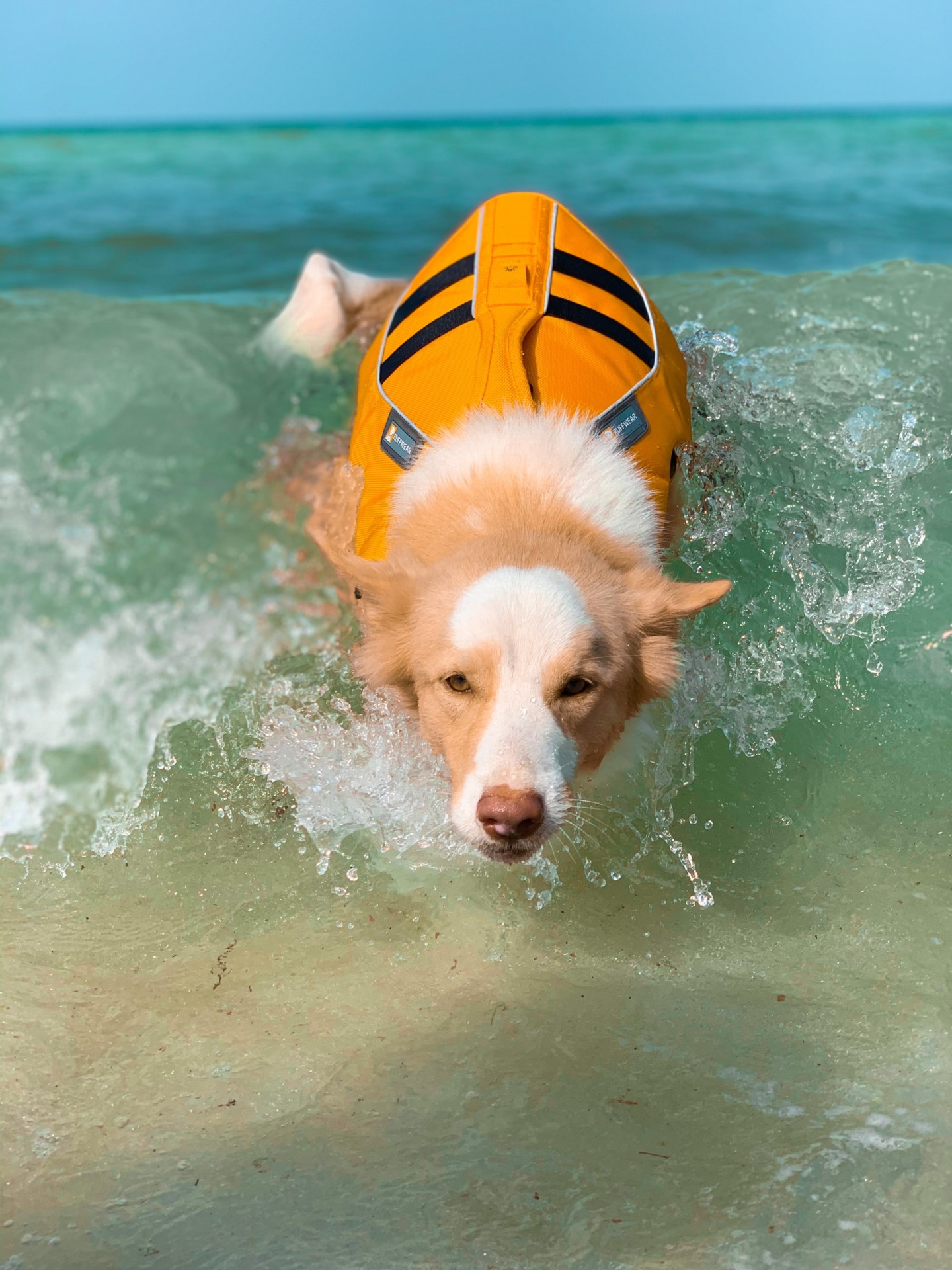
Do Surfers Wear Life Jackets? (7 Reasons Why They Don’t)
-

Do Surfers Like Rip Currents? (& How to Use Them Safely)

